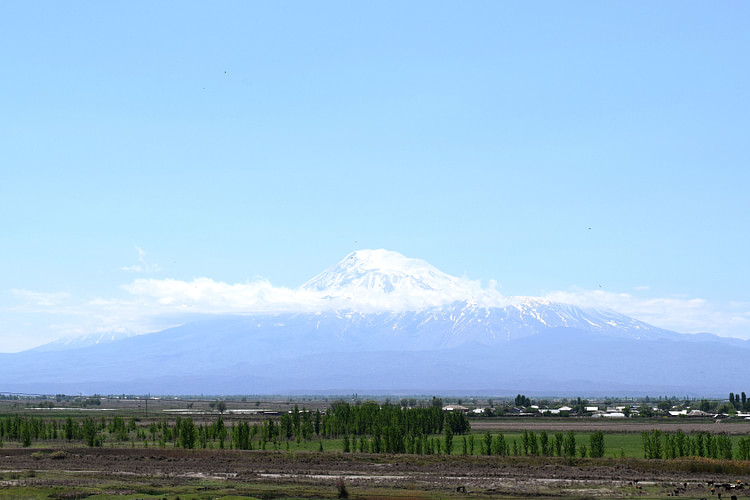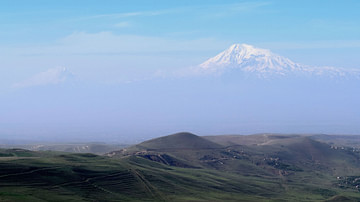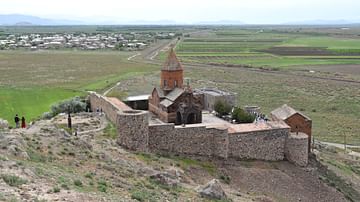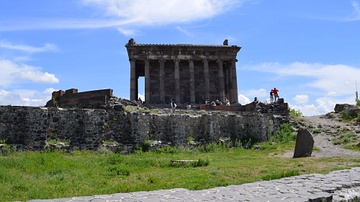Illustration
Mount Ararat (Armenian: Masis; Turkish: Ağrı Dağı; Kurdish: Çiyaye Agiri) is a dormant, compound volcanic mountain, consisting of two ancient volcanic peaks, located in present-day eastern Turkey very close to the border with Armenia. Strongly associated with Armenian culture, mythology, and identity, Mt. Ararat is also where, according to some legends, Noah’s Ark landed after the biblical flood. This view is from Metsamor, Armenia. Little Ararat is obscured by clouds on the left-hand side of the photograph.
About the Author
Cite This Work
APA Style
Wiener, J. B. (2018, January 23). Mount Ararat. World History Encyclopedia. Retrieved from https://www.worldhistory.org/image/8020/mount-ararat/
Chicago Style
Wiener, James Blake. "Mount Ararat." World History Encyclopedia. Last modified January 23, 2018. https://www.worldhistory.org/image/8020/mount-ararat/.
MLA Style
Wiener, James Blake. "Mount Ararat." World History Encyclopedia. World History Encyclopedia, 23 Jan 2018, https://www.worldhistory.org/image/8020/mount-ararat/. Web. 09 Jul 2025.








